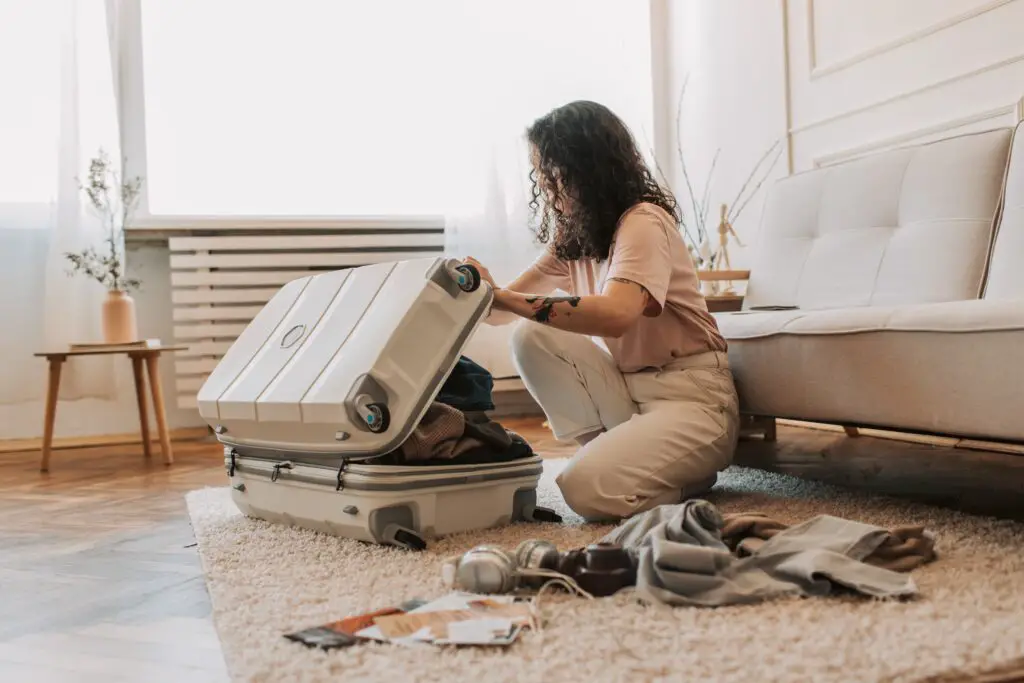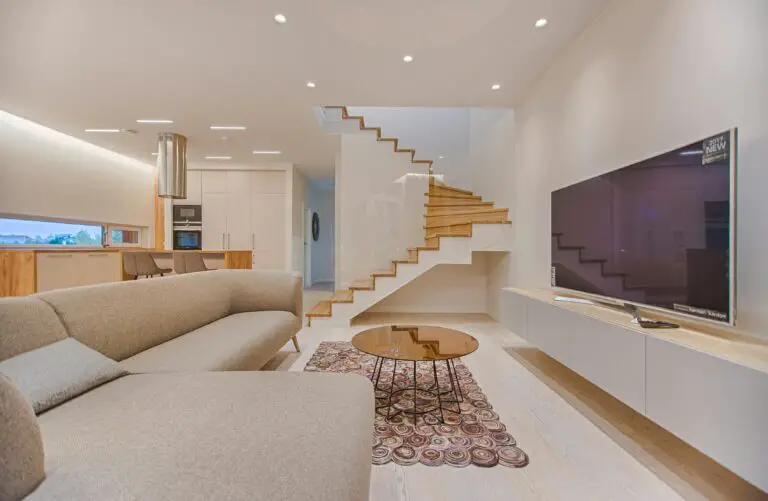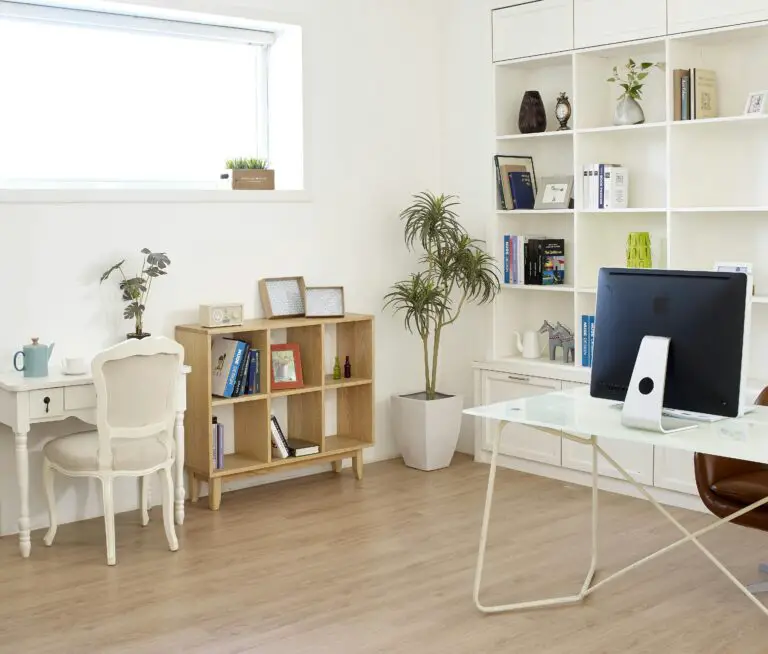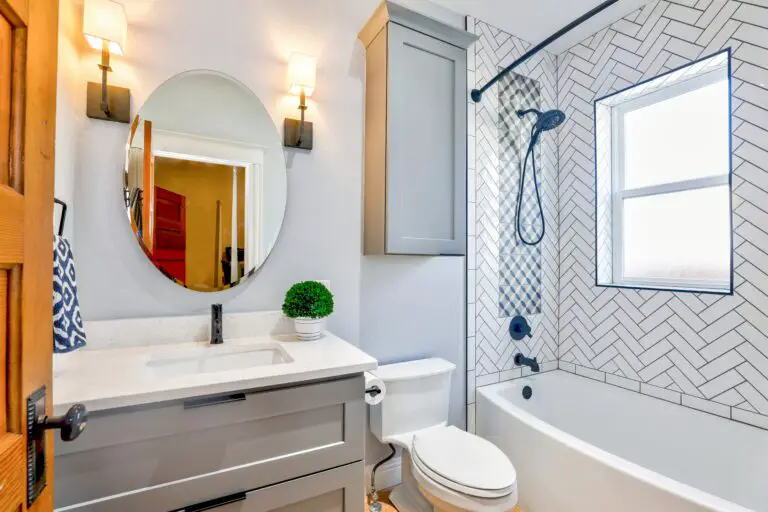In today’s fast-paced world, it’s easy for clutter to accumulate and overwhelm our living spaces. The excess belongings not only take up physical space but also weigh on our mental well-being. Fortunately, the solution lies in the art of decluttering.
In this comprehensive guide, we will delve into the fundamentals of decluttering, exploring where to start and how to stay motivated throughout the process.
I. Getting Started with Decluttering

Assessing your current situation
To embark on a successful decluttering journey, it’s crucial to take stock of your current situation. Begin by recognizing cluttered areas within your home—those places that seem to attract a constant buildup of items. Whether it’s a cluttered closet, overflowing drawers, or a chaotic garage, identifying these areas will help you prioritize your decluttering efforts.
Creating a plan
A well-thought-out plan is the foundation of any successful decluttering endeavor. Establish a realistic timeline based on the scope of your project. Breaking down tasks into manageable chunks, such as tackling one room or area at a time, will prevent you from feeling overwhelmed. Prioritize areas based on urgency or personal preference, ensuring that your plan is adaptable to accommodate unforeseen circumstances.
Gathering supplies
Before diving into decluttering, gather the necessary supplies. Arm yourself with trash bags for discarding unwanted items, sorting containers such as boxes or bins for categorization, and labels or markers for easy identification. These tools will streamline your decluttering process and make it more efficient.
II. Decluttering Process

Sorting and categorizing
Once you’re prepared, it’s time to sort and categorize your belongings. Divide items into distinct categories, such as “keep,” “donate,” “sell,” and “trash.” Employing the popular “Four Box Method” can simplify this process. As you handle each item, decide if it’s genuinely useful, holds sentimental value, or if it’s time to let it go. Be mindful of your emotional attachment to objects, focusing on their practicality and purpose in your life.
Organizing and storing
After sorting, it’s crucial to assign a designated home for each category of items. Organize your belongings in a way that is intuitive and functional for your lifestyle. Utilize storage solutions such as shelves, drawers, or baskets to maximize space and maintain order. Labeling containers will ensure easy identification and help sustain the organization over time.
Minimizing sentimental clutter
Letting go of sentimental items can be particularly challenging. Instead of holding onto every memento, consider taking photographs or creating digital copies to preserve the memories. Be selective and keep only the most meaningful items, creating a dedicated memory box or display for them. Remember, the true value lies in the memories themselves, not the physical objects.
III. Staying Motivated

Setting realistic goals
To stay motivated throughout the decluttering process, it’s essential to set realistic goals. Begin with small, achievable tasks that can be completed within a reasonable timeframe. Celebrate your progress along the way, rewarding yourself after reaching milestones. By acknowledging and appreciating your accomplishments, you’ll maintain the momentum to continue decluttering.
Breaking tasks into manageable chunks
Decluttering an entire living space can feel daunting. Combat this overwhelm by focusing on one area or room at a time. Set specific time limits for each decluttering session, such as 30 minutes or an hour. Breaking the task into manageable chunks makes it more approachable and increases the likelihood of completion.
Enlisting support
Don’t hesitate to ask for help when decluttering your living space. Involve family or friends who are willing to lend a hand and provide encouragement. Their presence can make the process more enjoyable and expedite the progress. In some cases, you may consider hiring a professional organizer who can offer expertise and guidance throughout the decluttering journey.
Utilizing rewards and incentives
Motivate yourself by incorporating rewards and incentives into your decluttering journey. Treat yourself to something enjoyable after completing a significant decluttering milestone, such as a day trip or a favorite meal. Additionally, consider creating a vision board or visualization exercise to remind yourself of the benefits of a clutter-free space and envision your ideal living environment.
IV. Overcoming Challenges

Emotional attachment to belongings
Letting go of items to which we are emotionally attached can be challenging. Reflect on the purpose and value these items hold in your life. Ask yourself if they truly contribute to your happiness or if they are simply taking up physical and mental space. Practice letting go and embracing the principles of minimalism, focusing on the liberation and mental clarity that decluttering brings.
Dealing with decision fatigue
The process of making countless decisions during decluttering can lead to decision fatigue. Combat this by taking breaks and allowing yourself time to recharge. Remember to focus on the bigger picture and the long-term benefits of decluttering. By envisioning the serene, organized living space you desire, you can regain motivation and overcome decision fatigue.
Maintaining a clutter-free lifestyle
Once you have decluttered your living space, the key is to maintain it. Establish daily habits for tidying up, such as returning items to their designated homes and practicing the “one in, one out” rule. Regularly reassess your possessions and declutter as needed to prevent future accumulation. By integrating these habits into your routine, you can sustain a clutter-free lifestyle.
Conclusion
Embarking on a decluttering journey can be transformative, offering a renewed sense of clarity, increased productivity, and improved mental well-being. By following the practical tips outlined in this guide, you can confidently begin decluttering your living space. Remember to start by assessing your current situation, create a plan, and gather the necessary supplies. Throughout the process, stay motivated by setting realistic goals, breaking tasks into manageable chunks, enlisting support, and utilizing rewards and incentives.
Overcoming challenges such as emotional attachment and decision fatigue is possible with reflection, patience, and a focus on the long-term benefits. With dedication and persistence, you can achieve an organized and harmonious living environment that enhances your overall quality of life.
FAQs
1. How do I find the motivation to start decluttering?
Finding motivation to start decluttering can be challenging, but it’s essential to remember the benefits of an organized living space. Set realistic goals, break tasks into manageable chunks, and reward yourself along the way. Enlist support from family and friends, and visualize your ideal clutter-free environment to stay motivated.
2. What is the best way to overcome emotional attachment to belongings?
Overcoming emotional attachment to belongings requires reflection and a shift in mindset. Focus on the practicality and purpose of items rather than the emotional connection. Consider taking photographs or creating digital copies to preserve memories, and keep only the most meaningful items in a dedicated memory box or display.
3. How can I prevent clutter from accumulating in the future?
To prevent clutter from accumulating, establish daily habits for tidying up. Return items to their designated homes, practice the “one in, one out” rule, and regularly reassess your possessions. By integrating these habits into your routine, you can maintain a clutter-free lifestyle.



